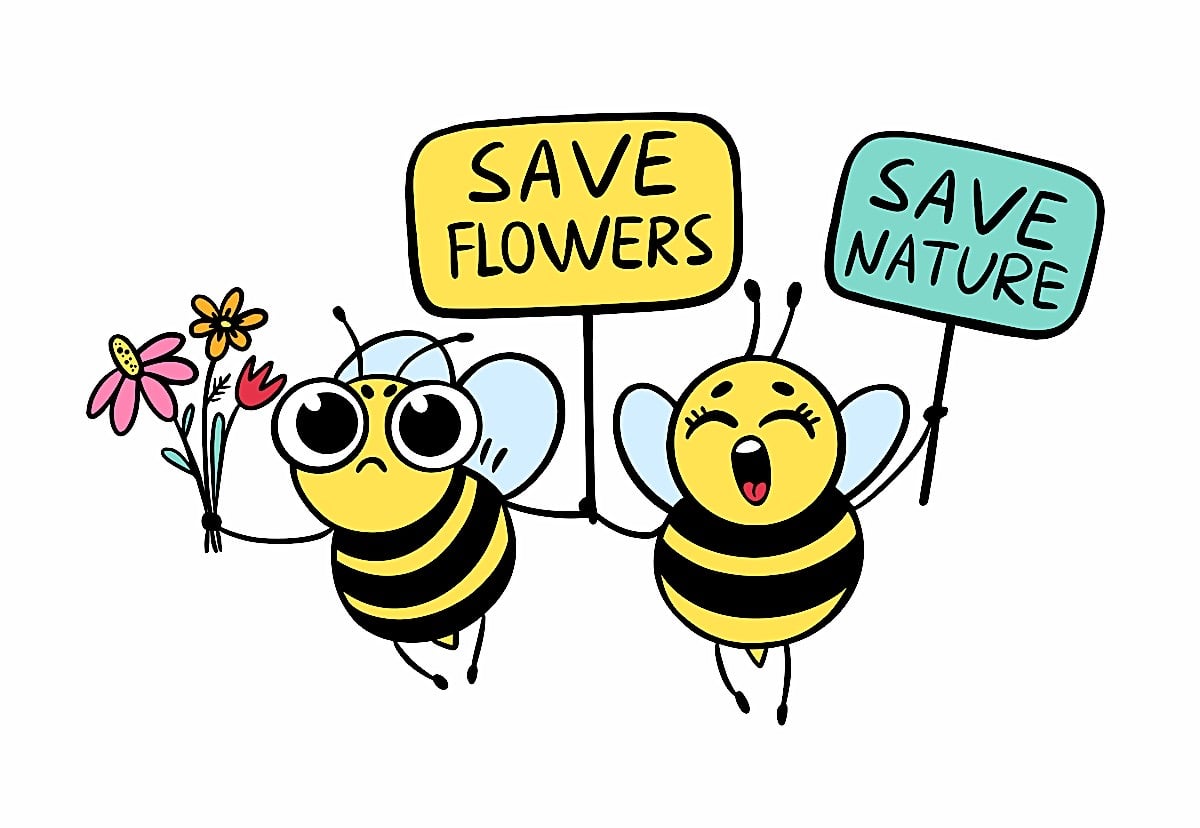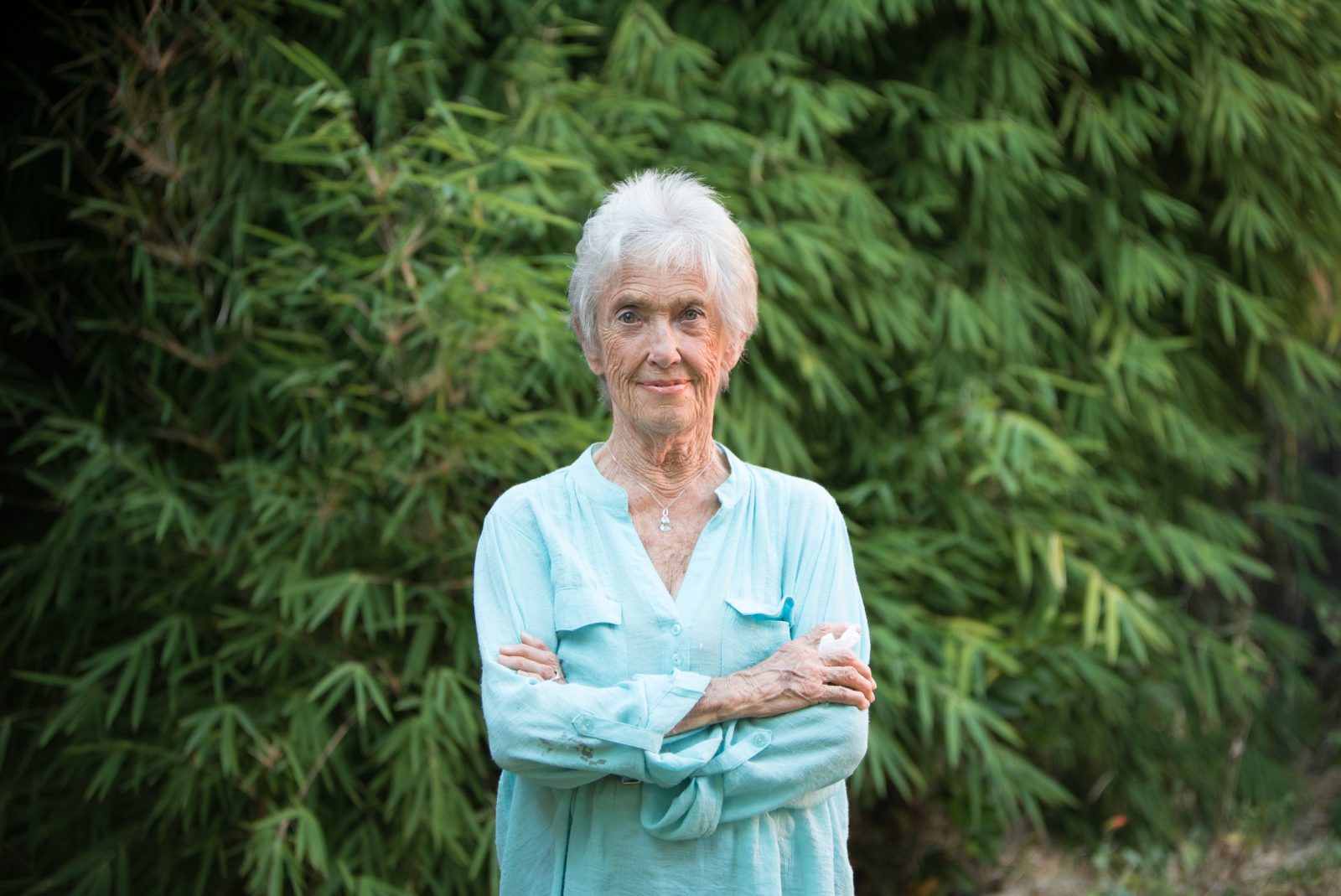Barbie’s Journey to Enlightenment
In the Greta Gerwig-directed "Barbie," the iconic plastic doll embarks on a pink-hued journey toward enlightenment not unlike the historical Buddha’s. Here, Jennifer Keishin Armstrong explores how "Barbie" serves as a meditation on consciousness, impermanence, and the true nature...

In the Greta Gerwig-directed Barbie, the iconic plastic doll embarks on a pink-hued journey toward enlightenment not unlike the historical Buddha’s. Jennifer Keishin Armstrong explores how the film serves as a meditation on consciousness, impermanence, and the true nature of reality, appealing to spiritual seekers and psychonauts alike.

Margot Robbie’s “Stereotypical Barbie” in her Dream House. ©2023 Warner Bros. Ent. All Rights Reserved.
As I sat through hours and hours of meditation on a Zen Buddhist retreat, I couldn’t get Barbie out of my head. I’d seen the summer’s culture-dominating phenomenon on opening day, which happened to be the day before I left for the retreat. But it wasn’t just the movie’s overwhelming sensory delights that occupied my mind. Instead, I choked up a bit as I remembered how Barbie saw humanity in all its different forms — joyful and sad, young and old, deeply imperfect and careening toward death — and chose to become human anyway. This was, I thought, the only way to be a person. We don’t get to choose our humanity like Barbie does, but, to make peace with it, we have to accept its terms just as wholeheartedly as Barbie does.
Yes, Barbie’s enlightenment actually helped to spark my own little moment of kensho. This is not a sentence I ever expected to type in my lifetime.
Barbie’s quest is an overtly spiritual one, coming into her own consciousness. Once she’s seen the truth of suffering, she feels compelled to join humanity.
Much has been written about Barbie’s overtly feminist themes, and I salute director Greta Gerwig bringing this takedown of the patriarchy — and celebration of pink — to the center of mainstream culture. If the only thing we all take away from this movie is that Issa Rae should immediately be president, then some important work has been done. But Barbie is also an enlightenment narrative that does no less than pontificate on the nature of consciousness, which is no small feat, especially for a movie produced by a major corporation about its most enduring plastic doll.
And that’s what Barbie has to do with psychedelics. While some of its sequences — that insane Ken war, for instance — could easily be a vision from a wild trip, what’s more important here is the ways that Barbie’s journey mimics the kind of breakthroughs that we seek as meditators and psychonauts. “I’ve only ever wanted everything to stay exactly as it is,” Barbie says as she resists the quest she is being asked to undertake after the barrier between Barbie Land and the Real World has been compromised. Psychedelics, when used intentionally, provoke change and growth, often with pain and discomfort along the way. The truth of human life is that everything will not stay exactly as it is. Psychedelics, like Barbie’s quest in the movie, can hasten that inevitable change, hopefully channeling it for the better.
In Barbie, our perfect plastic heroine, Stereotypical Barbie, is living a perfect plastic life in Barbie Land, where every day is the best day and Barbies occupy all positions of power, until she’s suddenly zapped with “irrepressible thoughts of death.” The next day is not the best day: she’s tired and depressed, her waffle burns, and her high-heel-ready feet suddenly collapse to lie flat on the ground like a human’s. She’s horrified. She has no choice but to visit Weird Barbie, who has been ruined by too much play and lives a life of relative solitude but, significantly, appears to possess the most wisdom in all of Barbie Land. She explains that the divide between Stereotypical Barbie and whoever is playing with her in the Real World has been compromised. Barbie must travel to the Real World to repair it.

“That felt achey, but good,” Barbie says after experiencing her first tear in the Real World. ©2023 Warner Bros. Ent. All Rights Reserved.
From this journey’s very beginning, it is concerned with the questions any of us wrestle with on a spiritual journey. The two major markers of Barbie’s “malfunction” are her thoughts of death and a little patch of cellulite. This is, of course, inherently funny, because these are classic conditions of humanity that have been banished from a perfect plastic doll’s life. When humans make an aspirational character like Barbie, the first thing they do is take away such inconveniences as impending death and body “flaws.” Interestingly, these were also the drivers of the original Buddha’s awakening — the one that led him to invent a major world religion. Not cellulite per se, of course, but something that cellulite represents — aging. Raised as a prince, he ventured outside the palace walls and witnessed sickness, old age, and death — suffering — for the first time. He was moved to find a practice and a philosophy to come to terms with these realities.
Barbie, remarkably, goes on the same journey. In fact, director/writer Greta Gerwig used his journey as inspiration for Barbie’s. Sparked by these uncomfortable realities, she ventures outside of her god realm and finds a human world that is suffering. Her quest is an overtly spiritual one, coming into her own consciousness. Once she’s seen these truths, she feels compelled to join humanity, which is something none of the other Barbies experience… because they haven’t experienced “reality” the same way she has.
There’s so much going on in Barbie that it’s easy to miss these deeper themes. I’ve seen it twice now, and both times I could feel my body buzzing with sensory pleasure as I left the theater. The scene in which the Kens all sing Matchbox 20’s “Push” on a loop to the Barbies in a circle, each couple with its own identical fake campfire, will likely live happily in my head for the rest of my life.
I contend, however, that the film knows exactly what it’s doing here: It is, at its heart, a story of awakening. At one point, Weird Barbie explains to Stereotypical Barbie that she faces a choice between blissful ignorance and knowing the nature of life. She presents it as a choice between a snazzy high heel and a Birkenstock. I love this metaphor. Which one of these shoes would you wear to a meditation retreat or a psychedelic ceremony? I can tell you that I’ve never seen so many black Birkenstocks lined up in one place as I have at a Zen retreat. Barbie, understandably, tries to choose the high heel — the blissful ignorance. But Weird Barbie reveals that it’s actually not a choice; now that the thoughts of death and cellulite have crept in, there’s no going back. Birkenstocks and the true nature of life it is.

Kate McKinnon’s “Weird Barbie” offers Barbie the choice between a Birkenstock and a high heel. ©2023 Warner Bros. Ent. All Rights Reserved.
On the road between Barbie Land and the Real World lies another clue to the movie’s more metaphysical aspirations. The Indigo Girls’ “Closer to Fine” is the only song that plays on the radio (at least as long as the Barbies are in charge, before the Ken takeover). It’s a song about a spiritual journey: “Darkness has a hunger that’s insatiable, and lightness has a call that’s hard to hear.” The narrator seeks answers from a “doctor of philosophy,” at a bar, in the mountains, through workouts and the Bible, and she finds, she says, that “the less I seek my source for some definitive, the closer I am to fine.” It’s meaningful that “fine” is what she sees as ultimate peace, and she knows the best she can do is to get “closer” to it, not to achieve some kind of god-like state. Just fine, just a little closer.
Psychedelic and spiritual seekers choose the same journey. They want to embrace their humanity, with all of its terrors and faults and joys and ugliness and beauty. They want to understand their own consciousness. They want to embrace change. They want to make peace with reality, with impermanence, with death. The best any of us will likely do is to get a little closer to fine, but the trying is the point. We want to put on our Birkenstocks and wrestle with the true nature of life. Barbie’s psychedelic, her inciting incident, is the tear in the membrane — caused by, as we learn, drawings of “Irrepressible Thoughts of Death Barbie” and a Barbie with cellulite that are the creation of a Mattel employee named Gloria (America Ferrera). Old age and death. The antidote is the quest for realization.
We know she’s completed her journey by the end of the movie not only because she’s become human — and delivered one of the greatest final lines in film history — but also because of one last perfect fashion choice. Her flat human feet are comfortably ensconced in a pair of pink Birkenstocks.
This article was originally published in Jennifer Keishin Armstrong’s newsletter, Culture Trip, which explores psychedelics’ history, contributions to pop culture, and their current status in media.

 Konoly
Konoly 
































